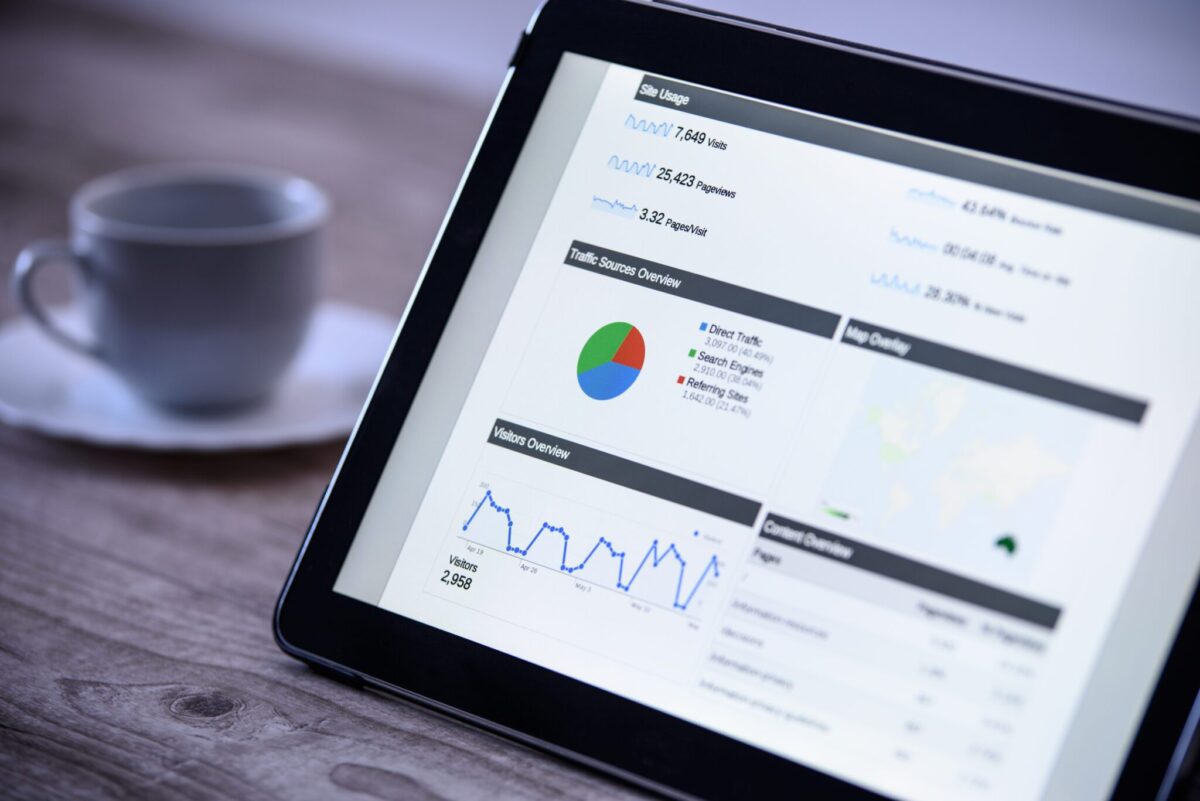If you’ve spent time mastering Universal Analytics, it’s normal for this news to be anxiety-inducing. Fortunately, if you have a handle on the current Google Analytics user interface, Google Analytics 4 should be a much quicker learning curve.
A bit of background:
Formerly known as “App + Web” during its beta phase, Google Analytics 4 will replace Universal Analytics beginning July 1. With stricter guidelines industry-wide to focus on user privacy, Google Analytics 4 will help marketers gain insights about their customers while complying with the restrictions on cookies and identifiers when collecting data.
How is Google Analytics 4 empowering businesses?
Aside from its focus on privacy, this property also offers insight into the consumer journey across different platforms and devices. It integrates with Google advertising to help your business optimize campaigns and reach your ROI marketing goals.
Let’s look at how Google Analytics 4 can help your business move forward with insights to grow your business:
Understand How Customers Interact With Your Business
One of the downfalls of previous analytics endeavors is the inability to see the customer through the entire buying experience. Did the buyer find your business through an ad? Did the advertisement lead to the desired action, such as an app download or a completed purchase?
According to Google, it now can use multiple identity spaces from users who opt-in for ad personalization as well as unique marketer-provided User IDs to give a complete view of the interaction your customer has with your business. This leads to further understanding of the customer acquisition process, whether their visit leads to a conversion or buyer retention. All of this data aids your marketing team in making decisions to best accommodate the needs of consumers.
Google requested feedback from the beta program and has changed its reporting practices making it more streamlined for businesses. It is now organized so your team can find marketing insights based on the particular part of the customer’s journey that you are interested in. It can help you analyze which channels are attracting new customers, whether they make a purchase, and better understand these buyers’ actions post-purchase.
Marketing Decision Making
Google advertising has continued to get smarter and more intuitive throughout its evolution. With machine learning advancements, marketing teams can expect better insights to guide their decision-making. The new Analytics tracks your data and can send alerts when it identifies significant trends. For example, it can alert you to a product’s increasing demand based on your customers’ interests. It also calculates the churn probability to help with the retention of customers. This can help better invest your marketing dollars for customer retention.
Predictive metrics also help to identify groups of people who could potentially spend more, adding to your revenue. These insights can help you to market to a particular group of customers who have the potential to spend more in the future. Further data collection on these audiences can help you understand why some customers spend more than others, giving more awareness about the initiatives working for your patrons.
Integrations Across Google Improve ROI
More extensive integration with Google Ads allows you to better relate to your customers by offering the most relevant information and experiences for the audience you create. It doesn’t matter which channel they choose to interact with your business since the new Analytics can measure web and app interactions together.
This new system also considers conversions from YouTube views that can occur on the web or in-app as part of reports. Your team can look at conversion rates across marketing channels and compare them from social media to paid and unpaid Google Ads to search ads and even email marketing. All of the conversion data is there for your team to analyze and better plan for future campaigns. Optimization of ads can only occur when you have a complete picture of your potential buyers’ needs and predictable actions. By seeing this combined impact, you can improve your ROI as you make the most of your marketing opportunities.
Prepare for What’s Next in Analytics
Just as Analytics has evolved with the demands of the industry, Google is ready to adapt as consumer needs and privacy standards change. Data controls have more advanced settings to allow businesses to take control of how data is collected, used, and retained. There are controls for ad personalization, so you can decide when to utilize data for ads and controls for sharing the activity with Google Analytics. With the future relying on data without cookies and identifiers, Google is confident it can bridge the gap and continue to offer valuable marketing insights to your business.
What should users do?
While Universal Analytics won’t disappear, it will stop processing data after July 1, 2023. You’ll be able to access reports for a time after that date, but Google Analytics 4 is where the company will be investing in all of its support and development.
Here is what Google recommends as companies transition to the new and improved Analytics experience:
- Create a New Google Analytics 4 Property alongside your preexisting properties. This will allow you to begin collecting data and utilize any available advancements while still maintaining what you already have in place.
- Use the Setup Assistant in the New Google Analytics 4 property to complete the configuration of the new property.
- Get comfortable finding reports to access the latest data from the past 30 minutes. The Real-Time Report, Reports Snapshot, collections, and topics are all accessible through the Reports tab in the left navigation. Administrators can customize this to meet the needs of their marketing team.
- Seek out training and support opportunities to answer your questions and get step-by-step guidance for setting up Analytics.
- Take advantage of the Skill Shop Course to become well versed in the latest innovations and opportunities available through the New Google Analytics 4 and other Google Ad Tools. This self-paced course can ensure your team uses Google products to their full potential.
As in any transition, change can seem overwhelming. Google offers support to help businesses switch to the New Google Analytics 4 system. Getting a head start will guarantee your marketing team is well versed and ready to make informed decisions driven by relevant insight.



